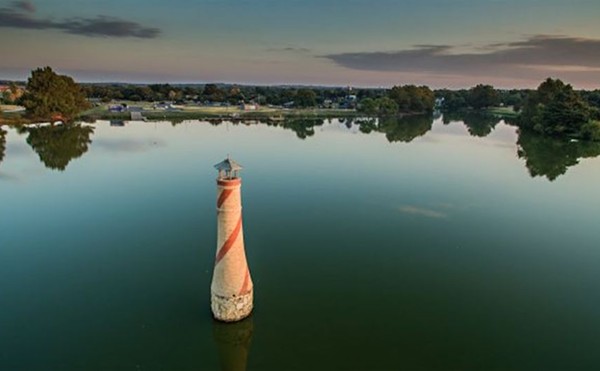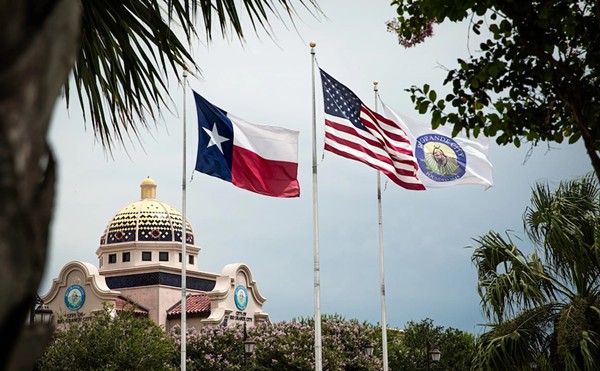I couldn't help but mock the headline in my Twitter feed yesterday. A beluga whale had died during a “visit” to Sea World San Antonio. It made the residency sound voluntary, first of all. Worse, I couldn't get the image of whale-sized turnstile tragedy out of my head.

A better visitation scenario: 3,000 pounds of lovely flubba plop over the gates, sack upon sack of dry popcorn are sucked down, followed by some good-natured pranks pulled on the resident sea lions. But Nico had none of that. And the cartoonish meanderings left me with a gutful of sorrow stewing, as I suppose they should.
Nico's story, including his death this weekend in San Antonio, is a real tragedy. Captured by Russian crews out of the White Sea decades ago, he wound up languishing in a Mexico City amusement park until 2005, where he was spotted by Georgia Aquarium's Chief Veterinary Officer Greg Bossart.
“It really was a rescue operation,” Bossart said of relocating Nico to Georgia. “He was in a substandard facility and very unhealthy.”
Nico was recently transferred to SeaWorld San Antonio (that's Orlando, circa1989, above) with two other belugas to wait out renovations ongoing at the Georgia Aquarium. While we don't yet know why he died on Saturday at the age of 25, we know he is not alone.
In all, 11 beluga whales have died in the shadow of La Cantera since SeaWorld SA opened in 1988. There are no names listed on the official Marine Mammal Inventory Report listing them all. The spreadsheet contains only an Animal ID number, a date of death, and a cause.
It was “cardiac arrest” for the wild-caught female who died in the summer of 1995; “acute renal failure” took another wild-caught female the next year; “acute bacterial pneumonia” was blamed for taking the life of a captive-born female at SeaWorld last summer.
The iconic “Shamu” hasn't fared much better. Among the number of performing orca whales that have cycled through, there have been seven â??false' and â??true' killer whales that have died at the local marine theme park, according to data provided by the National Marine Fisheries Service.
Causes of death include severe hemorrhaging for a six-year-old female in 1999; intestinal tract obstruction was blamed for the death of a female orca in 2002; “acute necrotizing encephalitis” took 2-year-old “Halyn” in 2008.
Naomi Rose, a marine biologist with the Humane Society, blames captivity.
In an interview a few weeks back, Rose said that while dolphins live equally as long in the wild as they do in captivity the same is not true for species like orca whales. “Female orcas often live to be 60, 70, 80 years old,” Rose said. “There's a lot of females that should be 50 by now, but they're dead â?¦ It's very clear they live much shorter in captivity.”
Rose could not be reached for a follow-up call specific to belugas. However, among the wild-caught belugas with an estimated birth date, the average age at death was about 20 years old. Among the captive-born belugas that have died at SeaWorld, they tended toward 2 and 3 years of age.
Beluga whales on average live between 20 to 30 years in the wild, Bossart said.
And, yes, it's 5:01 pm and we're still waiting on an interview with SeaWorld staff regarding these numbers.
However, Bossart said in Nico's case: “He was always at risk, because he had suffered so much health issues in Mexico City â?¦ Those things eventually catch up to you.”















